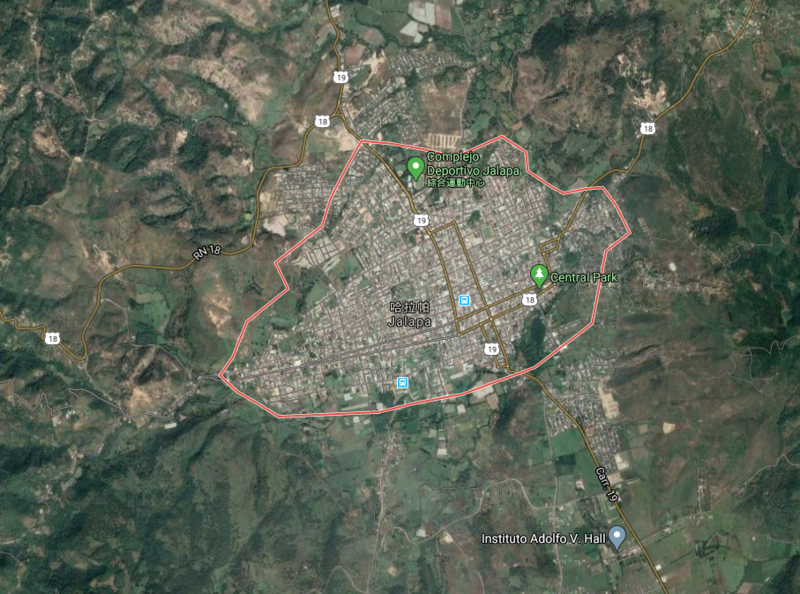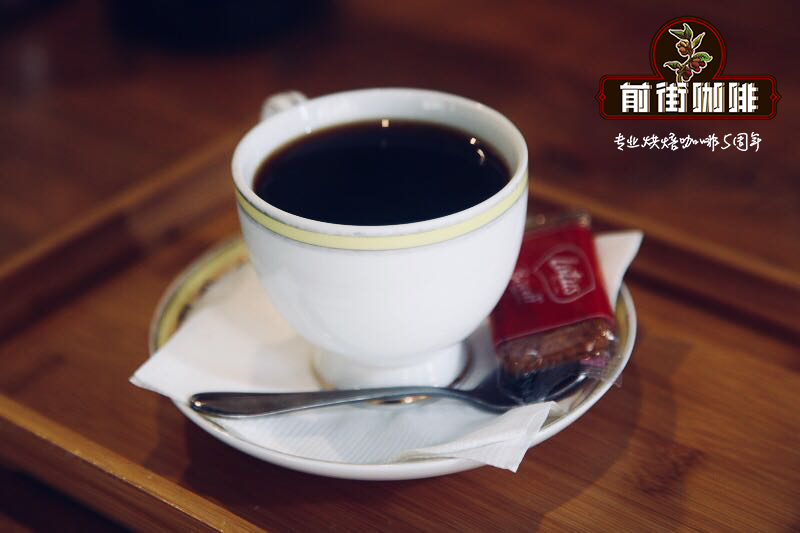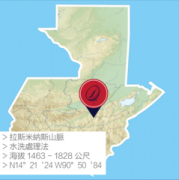Introduction of Harappa Coffee production area in Guatemala characteristics of Pana Manor Honey in the treatment of Geisha Coffee beans
Introduction of Harappa producing area
Harappa is located between Fahannes and New Oriental. Twenty years ago, no one believed that coffee could grow in this area. Farmer Abel Valladares (owner of Pina) is an agronomist who believes that the microclimatic conditions on the Harappa hills are an ideal environment for growing coffee. After he planted the Pacas variety 42 hectares and grew luxuriantly, he also proved that others' theory that the land could not grow coffee was wrong. Four years after planting the Pacas variety, Abel began to sow the seeds of a geisha.
In the past, it was always obscured by the halo of the two major producing areas of Fahannis and New Oriental, and with the rise of the cultivation of local boutique coffee, and because of the drier climate, Harappa has become famous for its excellent sun and honey treatments in recent years.

■ altitude: 1300 to 1800
■ annual rainfall: 1800~2000mm
■ average temperature: 18 ~ 25 °C
■ main topography: volcano
Introduction to Pina Manor Geisha
In 2016, Pina Manor produced nine bags of precious honey-treated geisha. Farmer Abel completed the aftermath of these geisha in the company of moonlight, so this group of rare and precious honey-treated geisha is also known as "Honey-Moon" honeymoon geisha!
Pina Manor is surrounded not only by the surrounding pine woods, but also by sacred volcanoes, so it gets a special flavor of coffee. Programs to help social structures have been carried out through education, coffee production and closeness to nature for a long time, with the aim of enabling local people to have a better quality of life. There was more rain in the Harappa region in 2017 than last year, and it has accumulated an amazing amount of 700mm rainfall. Geisha coffee trees are blooming very well, and this year's output is estimated to be three times that of last year.
Starting in 2017, Abel planted new varieties at lower elevations on the estate: Maracaturra and Pacamara.
Award record of the manor:
2016 COE 4th
2017 COE 16th
2018 COE 13th
2019 COE 9th
Pina Manor. A geisha. Honey treatment. Harappa producing area
El Pinal, Geisha, Honey process, Jalapa
■ Manor: Pina Manor El Pinal
■ producing area: Harappa producing area Jalapa
■ treatment: honey treatment
■ breed: geisha Gesha
■ planting altitude: 1500m +
■ soil: volcanic soil
■ annual rainfall: 18000-2000mm
■ relative humidity: 70-80%
■ average temperature: 18-25
■ soil composition: metamorphic rock and clay
■ moisture content: 10.6%
■ density: 798g/L
■ flavor: elegant flower aroma, drupe, sweet cube sugar, pear-like acid value, black tea tail rhyme

Important Notice :
前街咖啡 FrontStreet Coffee has moved to new addredd:
FrontStreet Coffee Address: 315,Donghua East Road,GuangZhou
Tel:020 38364473
- Prev

Introduction to the characteristics of Biya Manor Coffee beans in the Coffee production area of the La Minas Mine Mountains in Guatemala
The Las Minas Treasure range, the Las Minas Mountains Sierra de las Minas, located in eastern Guatemala, is famous in Central America for its rich gold and jade veins. In recent years, local farmers above 1400 meters above sea level have begun to try to grow coffee and other crops, which are rich in gold deposits and jade veins in addition to natural forest ecosystems and wildlife.
- Next

Flavor and taste characteristics of Costa Rican coffee beans introduction to the history of planting varieties in Costa Rican coffee producing areas
The most important feature of Costa Rican coffee is its unrestrained aroma, fresh and dry acidity, and a balanced and pleasant classic flavor. Costa Rica has the acidity of Central American coffee beans, coupled with years of variety improvement and honey treatment in Costa Rica, which gives Costa Rican coffee attractive.
Related
- Beginners will see the "Coffee pull flower" guide!
- What is the difference between ice blog purified milk and ordinary milk coffee?
- Why is the Philippines the largest producer of crops in Liberia?
- For coffee extraction, should the fine powder be retained?
- How does extracted espresso fill pressed powder? How much strength does it take to press the powder?
- How to make jasmine cold extract coffee? Is the jasmine + latte good?
- Will this little toy really make the coffee taste better? How does Lily Drip affect coffee extraction?
- Will the action of slapping the filter cup also affect coffee extraction?
- What's the difference between powder-to-water ratio and powder-to-liquid ratio?
- What is the Ethiopian local species? What does it have to do with Heirloom native species?

